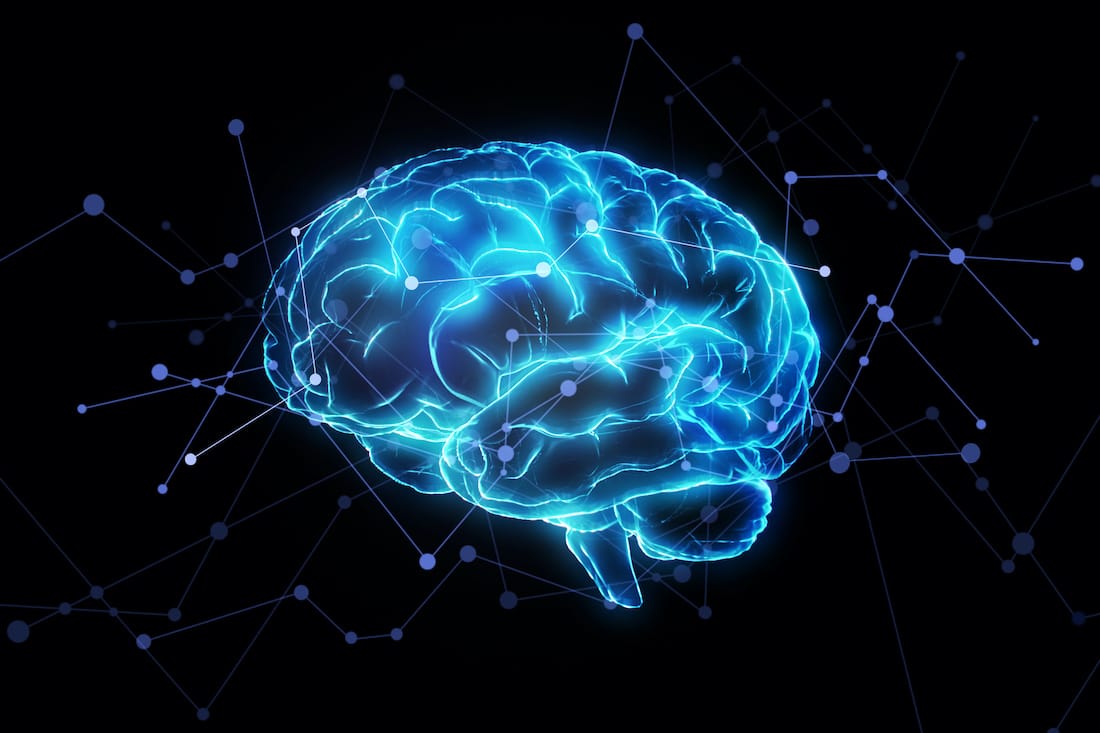Researchers have revealed new insights into how the human brain measures distance traveled. They identified a type of internal mileage clock that operates through specific neural firing patterns. This discovery provides valuable evidence about how the brain organizes spatial navigation and memory. Additionally, it opens new doors for potential applications in diagnosing neurological diseases such as Alzheimer’s. The internal system appears to function in both animals and humans. This suggests that the ability to measure distance is hardwired into the brain’s architecture and crucial for survival.
How the Brain Measures Distance Through Grid Cells
Inside the hippocampal and entorhinal regions of the brain, scientists observed specialized neurons known as grid cells. These cells fire at regular intervals as an animal moves, creating a kind of neurological map that tracks distance traveled. In laboratory experiments, rats running through rectangular arenas demonstrated precise patterns of cell activation. The firing corresponded to the distances they had covered.
When the researchers altered the shape of the arenas, the firing patterns became irregular. This led to miscalculations in how far the animals believed they had traveled. This phenomenon has profound implications for understanding the biological basis of navigation. In humans, similar patterns emerged when participants were asked to walk through scaled-up arenas. The accuracy of their distance estimation declined once the environment was altered, showing that the same biological mechanism applies across species. For more background on how memory and navigation intersect, you can explore resources from the National Institute on Aging.
Navigational Challenges and Real-World Applications
The findings explain why distance estimation becomes more difficult under conditions where visual or environmental cues are disrupted. Examples include walking in fog or complete darkness. Without consistent external references, the internal mileage clock can produce errors. This leads to misjudgments in spatial orientation. These insights align with broader studies of human perception and cognitive mapping. They show how sensory and neural signals combine to guide movement. Understanding this brain function also has practical implications for designing tools to improve orientation in challenging environments. For example, wearable navigation aids or mobile applications could one day be built to reinforce the accuracy of distance estimation. These tools would help visually impaired individuals. This perspective ties into the larger field of cognitive neuroscience. Organizations like the Society for Neuroscience actively support this field through ongoing research and publications.
Implications for Alzheimer’s and Neurological Health
One of the most significant aspects of this research is its potential role in diagnosing Alzheimer’s disease. The grid cells that serve as the brain’s mileage counter are located in brain regions among the first to show deterioration in Alzheimer’s patients. This means that disruptions in distance estimation could serve as an early indicator of the disease.
These indicators could appear long before other cognitive symptoms become apparent. Digital tools such as mobile games designed to measure navigational ability may eventually become accessible methods for large-scale screening. Incorporating distance estimation into such tests could improve accuracy and provide earlier detection. Researchers are now exploring how artificial intelligence and neuroscience can work together. This can analyze patient behavior at scale, as seen in projects tracked by the World Health Organization.
The long-term vision is to use brain science not only for understanding navigation but also for creating breakthroughs in public health diagnostics and personalized treatment strategies. Additional information about how brain mapping contributes to disease prevention is available through the National Institute of Neurological Disorders and Stroke.







